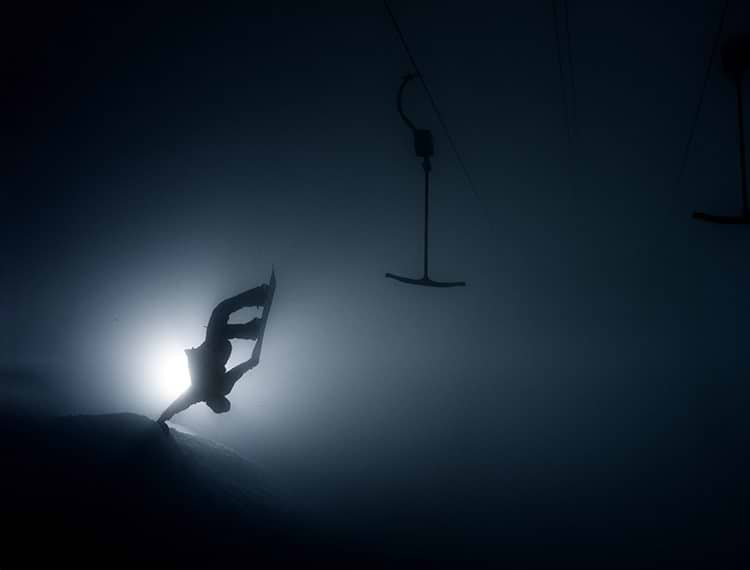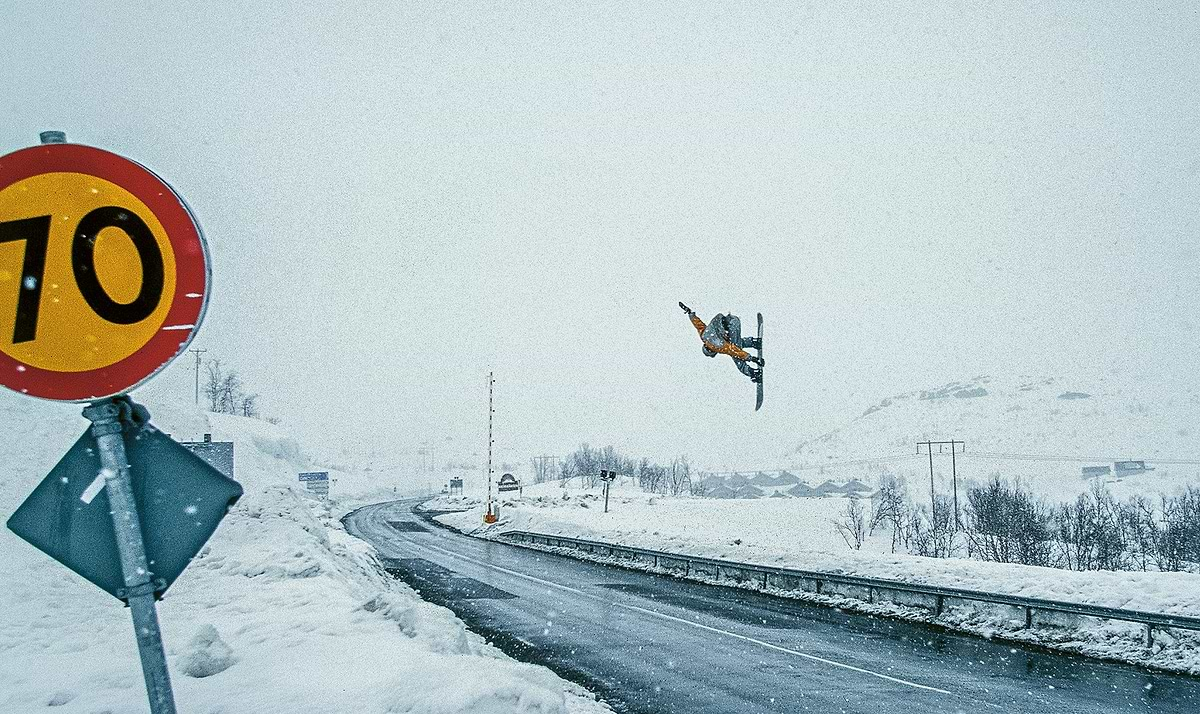POWDER, PERSONIFIED
Four o’clock in the morning is a severe alpine start for most skiers in the Wasatch , but for Lee Cohen, it’s a typical midwinter day at his home near the mouth of Little Cottonwood Canyon near Salt Lake City, Utah. Large flakes falling beyond the windowpane signal that the morning will be spent procuring an early spot in the winding snake up the canyon rather than a leisurely dog walk and coffee. The route up two-lane State Route 210 is familiar: past Snowbird Entry 1, where Cohen once pitched a tent and camped for ten sub-zero days in January 1979; beneath the towering south face of Mount Superior, steeped in Utah ski lore; out to the terminus of the dead-end highway and a small village with a half-dozen lifts.
There may be no better witness to the changes Alta has undergone in the past 40 years than the grey-mustached, 65-year-old man behind the lens of some of skiing’s most iconic imagery; yet there also may be no better witness to how things have stayed the same.
“On a really good day here — a stormy day when the faint of heart have retreated inside, and you’re out there spinning laps, seeing friends when you come around on the chair — it’s pretty much the same as 40 years ago,” Cohen reflects. “There were a ton of those days this year. That’s what you cherish; that’s what we’re trying to hang on to.”
The Wasatch first captured the imagination of Cohen as a college ski bum from the East Coast. He purchased his first season pass the year after his first visit and moved to Utah immediately after finishing school. A few years later, he bought a Nikon F3 and began shooting ski images with friends. He submitted a few slides to Powder Magazine and was promptly rejected. Ironically, in 1985, Cohen’s first published image in Powder was neither a stormy face shot nor a bluebird spray — it was an image of a rusted iron door on a mine in rural Nevada. A singular word, remnants of an explosives cache, etched into the metal: “Powder.”
The word would come to define Lee’s career. Countless covers and gallery features bearing his name would showcase friends and professional athletes snorkelling through billowing, dry snow.
“I came out here to ski powder. This is a special place for that, so it was just the evolution of being a photographer here — it’s what my focus on shooting naturally became.” Forty years later, Cohen shoots powder more than ever, and his enthusiasm remains unchanged.
“I like being out there with my camera; I don’t like a lot of the stress involved with dealing with everything else about ski photography,” he says, rattling off issues like client negotiations and traffic. “But I still get excited about the backlight and how the snow is blowing up when we’re out there nailing the shot, making it happen.”
Powder photography, he explains, opens up a vast array of creative opportunities. From the pop of backlight to soft alpenglow, the grandeur of vast landscapes and the emotion in a tight crop, the dozens of different textures and ways light bounces off crystalline flakes. There are a thousand unique ways to get to the same core tenet: how to capture that floating feeling?
“There’s that super-zen moment where you become one with yourself, and you get lost in it,” Cohen says with the stoke of a ski bum 40 years younger. “Ski bums are living a life of escapism. It’s like being on hallucinogens — powder just happens to be their drug. They’re living for it day-to-day. It possesses them.” He pauses for a moment, seemingly lost in recollection himself. “If you can look at a photo and it reminds you of the feeling of skiing powder — well, that’s the goal.”
Lee’s career serendipitously hit its stride at a golden age of skiing in the nineties, fuelled by the popularity of films and the star power of professional athletes. Commercial and editorial assignments took him from Alaska to the Alps — skiing’s cultural Meccas and bucket list destinations for any ski bum. But despite the global access his burgeoning reputation garnered, Lee sought, with only a few exceptions, to stick close to home. He had a young son (Sam, who would grow up to become a professional skier) and better conditions out his front door than storm chasing could reliably deliver.
“In a business with no guarantee, this is the closest thing,” Lee chuckles about the Wasatch.
Cohen’s legacy is firmly cemented in the annals of ski media with countless magazine features, short films celebrating his life’s work, and a stunning coffee table book — Alta Magic — sharing 160 pages of his most extraordinary imagery. But neither the magazine covers, nor the book sales come close to the validation given by random strangers in the lift line.
“The best praise and accolade is when someone comes up to me who I don’t even know and gushes to me about powder shots they’ve seen. I’ve had dudes tell me, ‘I quit my job and moved out here. And much of it had to do with checking out your shot in a magazine,’” Cohen laughs. “It’s mind-blowing to me, really.”
“To some people, it’s just another powder shot. They don’t know the difference. But to someone who appreciates powder skiing — it’s a photo hanging up in somebody’s house torn out of a mag, pinned to the refrigerator with a magnet, or on the wall with a thumbtack — those are core skiers. That’s the ultimate recognition you could get.”














































